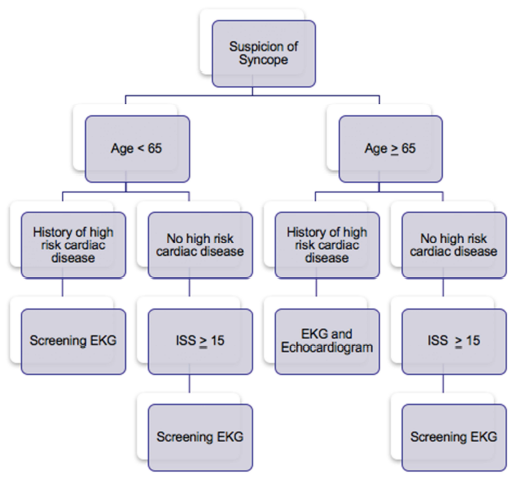Over the past 20 years, falls have become the most common mechanism of injury at most trauma centers. In fact, many centers count twice as many falls as motor vehicle crashes! The problem with working in a trauma center is that we tend to see patients at risk for falls only after they have fallen.
The group at Butterworth Hospital attempted to determine if there was a way to identify patients at risk for falls earlier. They postulated that many of these patients may have experienced a fall within the past year, identifying them as at high risk for yet another. They retrospectively reviewed their trauma registry data for a three year period. Specifically, they wanted to identify how many of those had suffered earlier falls and what happened to them over time.
Here are the factoids:
- A total of 597 patients were also admitted due to a fall during the year prior to their index admission
- Only 2% had falls prevention teaching after the previous admission
- About a third of patients fell again within a year after the index admission, and 20% were admitted again
- The patients were assessed using the Hester-Davis score (see below), and patients who were identified by it as high risk were more likely to be readmitted or die
- Overall mortality at 12 months was about 20%
The authors were surprised that so many of their falls patients had been previously admitted for a fall. They recognized that it presents a major prevention opportunity, and recommend these patients undergo some type of activity before and/or after discharge.
Note: The Hester Davis Fall Risk Scale (HDFRS) includes factors of age, date of last known fall, mobility, medications, mental status, toileting needs, volume/electrolyte status, communication/sensory, and behavior with the option to choose multiple options per risk category; a score of seven to ten indicates low fall risk, eleven to fourteen indicates moderate fall risk, and greater than fifteen indicates high fall risk.
Bottom line: This is a straightforward single-hospital registry study. Even though it reflects the experience of a single rural trauma center, the results are applicable to most others. It confirms that any fall in the elderly should be considered a sentinel event which has a good chance leading to death within a year.
Here’s the way I see it:
“You fall, you die”
It is very important that every trauma center identify these patients when they arrive, and apply prevention efforts while in the hospital or hook them up with activities after discharge. And if you don’t have such a program included in your injury prevention activities, you should! It’s the most common mechanism seen by trauma centers, hands down!
I have only one suggestion for the presenter and authors:
- The concept of being “at risk” was not clear to me. Did this mean that you looked back one year for each admission to see if there was an admission for a fall? Or did you just get the history of a fall from the previous admission? It looks like you identified an index admission, then looked back a year to see if the patient should be included in this study. Then you looked forward a year to see if there was yet another admission and/or death. Is this correct? Please clarify during your presentation at the meeting.
Reference: FALL RISK IDENTIFICATION THROUGHOUT THE
CONTINUUM OF CARE. AAST 2021, Oral abstract #18.

